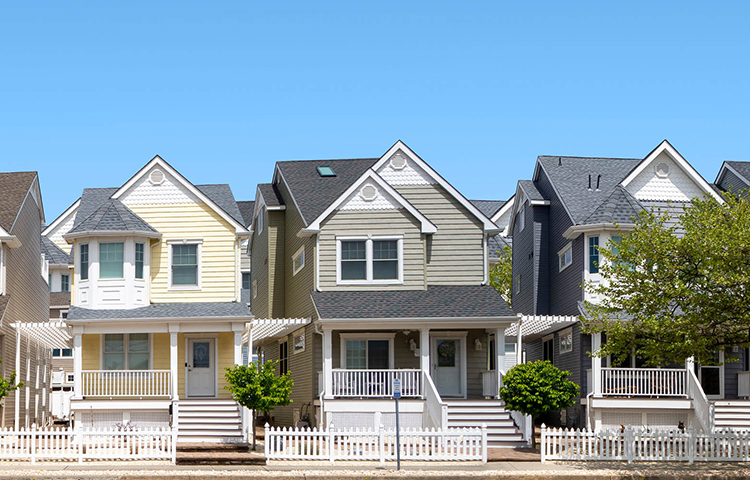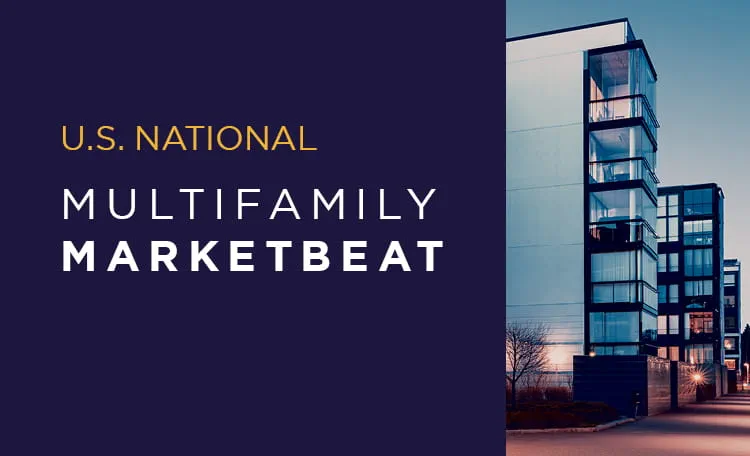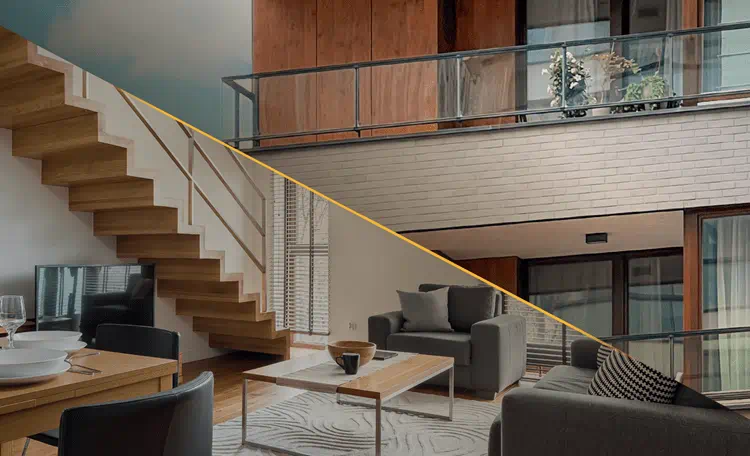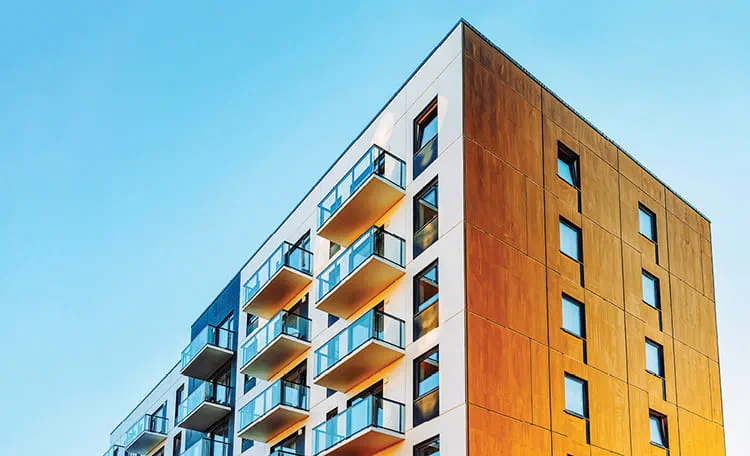The latter category has been particularly exuberant—with 20% of BTR’s existing inventory under construction. This is simply part of institutionalizing an asset class, however, that is just 1% of the overall multifamily market. But if recent demand trends hold, the tides will likely turn quickly. Although considered a niche today, growing institutionalization may drive outsized buyer interest in the years to come, offering compelling reasons to place capital today.
Institutionalization is Imminent
For decades, renting a single-family home was an exercise in finding a proverbial needle in the haystack. Finding the right house often required intermediaries because, without them, it was hard to verify whether listings were authentic or a scam, whether the landlord would be responsive to maintenance issues, whether additional costs like landscaping or utilities would be included, whether a property management company would be involved, and more. Additionally, these houses typically lack the traditional amenities found in an apartment building, meaning renters would potentially trade pools and gyms for a little more space.
As the industry catches on and delivers more product (remember, BTR comprises approximately 1% of the overall apartment stock), many of these concerns will be alleviated. Finding verified properties on listing sites adds a degree of surety and familiarity to most renters. And after moving in, the entire process is streamlined and straightforward—from paying rent to making maintenance requests.
But the institutionalization isn’t just about operations. This product type has become increasingly attractive to the investment community as well. Sales volume for BTR product peaked at nearly $3 billion in 2022, with year-to-date (YTD) sales volume of about half that mark through most of the year. The $1.5 billion sold is about 40% more than what traded in 2019. The opposite is true for the broader multifamily market. The roughly $50 billion that’s changed hands this year is off about 65% from the 2019 mark. Major buyers over the past few years include Inland, Blackstone, Starwood, American Realty Advisors, and more. In other words, the pool of buyers aren’t limited to smaller regional niche operators but rather some of the nation's largest, most well-capitalized funds.
Near-Term Headwinds but Long-Term Growth
Because the BTR inventory is small, performance is inherently volatile. Today, nearly 20% of the existing BTR inventory is under construction, roughly four times the level of the broader multifamily market. However, that 20% of inventory is down nearly half from the peak and amounts to less than 40,000 units nationally. It still pressures the vacancy rate for this product type, however, with stabilized vacancies that have broadly been 50-150 bps higher than market rate products. This is a sign of institutionalization—without new product, the asset class would have difficulty becoming well-recognized while remaining just 1% of the overall multifamily stock.
Though 20% of BTR’s inventory is under construction today, the sector typically sees substantially more absorption than traditional multifamily compared as a share of stock. Since 2020, BTR product has averaged about 3% absorption, topping out at nearly 5% earlier this year, whereas market rate product has averaged 0.6% of its inventory and topped out at less than 2% at the peak in 2021. That implies this supply wave is unlikely to last long.
Using a similar methodology as laid out in Contextualizing Development Risk, it would take just a year and a half to absorb all of the new BTR construction. By contrast, it would take close to four years to absorb the broader market rate, assuming demand mirrors the trend over the past 12 months. Despite the eye-popping construction levels, the BTR market may quickly become under-supplied as construction starts dwindle while the broader multifamily market struggles to absorb the new construction.
Operational Insights
BTR and traditional multifamily product have many similarities, but also some key differences. Some developers opt to test some BTR units blended with traditional multifamily on new projects. That also allows owners to accommodate renters who wish to grow within the community across life stages, should the need arise and build a community across generations. It also gives owners exposure to different floorplans and the ability to compare performance across the two product types.
One other major difference is the turnover rate. Renters typically identify BTR properties as more of a “home” and are more likely to renew in place. Yardi reports a 64% renewal rate for BTR/SFR units, about 10% higher than the overall market. With turnover costs up nearly 20% year-over-year (YOY), that translates to meaningful savings for owners over traditional multifamily product. Additionally, most third-party data sources point to resilience among trade-outs for renewals, which is backed by what we see within our managed portfolio.
Across our more than 8,000-unit national BTR portfolio, we can also compare the data on BTR against the 178,000 units in our broader portfolio. Here, we see a resurgence of late in trade-outs for BTR product compared to the overall portfolio. That’s consistent with data from CoreLogic’s Single-Family Rent Index, which shows outperformance for the SFR/BTR sector (2.6% YOY growth, in line with the pre-pandemic average) compared to the traditional multifamily market, which is up just 1.3%, well below the historical average.
A similar byproduct of renters considering BTR product as more of a home is they are less likely to default. The delinquency rate for our BTR product is below the rest of our portfolio by more than 2% over the past year.
With the sector in relative infancy, the opportunity to buy and build BTR communities remains wide open. The demographic tailwinds remain robust, and while the capital markets remain challenged in the rising interest rate environment, the sector is poised to grow further. It has already attracted some of the biggest funds in U.S. real estate, and the growth trajectory appears bright.











